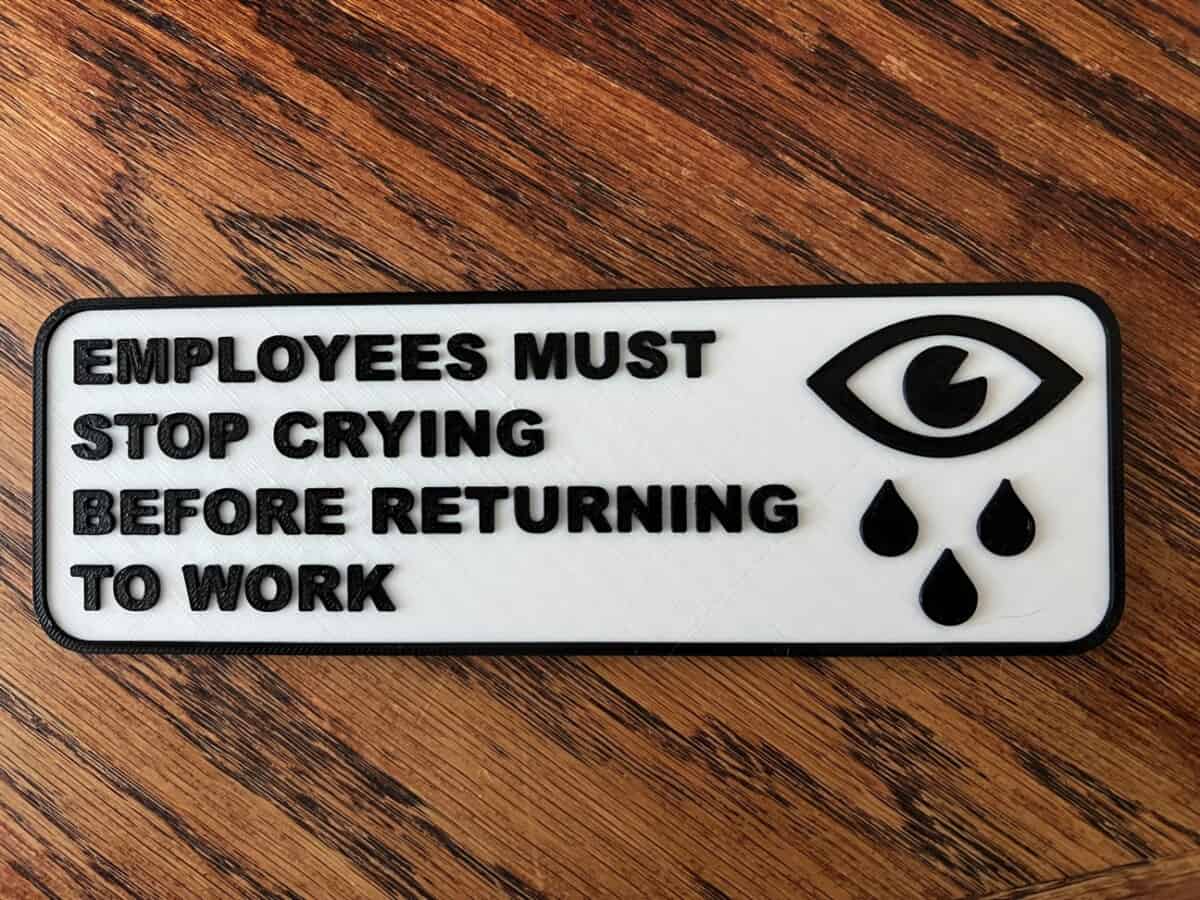Recent Articles
Recent Articles

How to Motivate Unmotivated Employees: Meeting the 14 Universal Needs
Unmotivated employees need clear expectations, the tools required to do their job, work that leverages their strengths, recognition, growth, a

Four Ways To Evaluate Employee Engagement
There are four proven ways to evaluate employee engagement:
1.Retention rate
2.One-to-one meetings
3.Stay and exit interviews
4.Employee engagement surveys

Why Leadership Really Matters
Leadership is pivotal in all sectors. It drives innovation and work culture in business, leading to profitability. In public service,

Why Companies Need Leadership Development Programs
Companies need leadership development programs to help leaders at all levels develop resilience and build human capability, the mainspring of

Four Simple Steps a Leader Can Take To Improve Emotional Intelligence
The four steps a leader can take to improve emotional intelligence are practicing reflection, managing emotions, showing empathy, and communicating

How Emotional Intelligence Reduces Staff Turnover
Emotional intelligence plays a pivotal role in reducing staff turnover by cultivating a positive work environment and enriching the employee

Your Work Culture Might Suck – How A Leader Can Improve Their Culture
To improve their culture, a leader must take immediate action to restore respect throughout their organization and make it as

Cultivating Success: What Leadership Development Programs Do (and How They Can Transform Organizations)
Leadership development programs are strategic initiatives that cultivate essential leadership skills. They equip individuals to lead effectively, make informed decisions,

Top Leadership Training Software Solutions in 2024
The top leadership training software solutions for 2024 are PeopleThriver, D2L Brightspace, TalentLMS, CYPHER Learning, Absorb, iSpring, and Blackboard Learn

The Top 10 Inspiring Leadership Keynote Speakers for 2025
Here are the top 15 inspiring leadership keynote speakers for 2024 based on our research of the hundreds of leadership

The 10 Best Leadership Books To Read In 2024
Muriel Call, Staff Writer You’ve probably heard the saying, “Leaders are readers.” Great leaders make time for continuous personal development

How Emotional Intelligence Affects Employee Engagement and Employee Motivation (and Individual and Organizational Strategies for Improving EQ)
Emotional intelligence, through its five components, plays a crucial role in enhancing employee engagement and motivation by fostering a positive

The Relationship Between Workplace Culture and Emotional Intelligence
The relationship between workplace culture and emotional intelligence is symbiotic and transformative. A positive workplace culture nurtures emotional intelligence among

How a Leader Shows Emotional Intelligence
A leader can show emotional intelligence in the workplace by continuously practicing self-awareness, self-regulation, motivation, empathy, and social skills. These

The Role of Emotional Intelligence in Employee Performance
The role of emotional intelligence in employee performance is profound and multifaceted. It contributes to improved communication, better interpersonal relationships,
